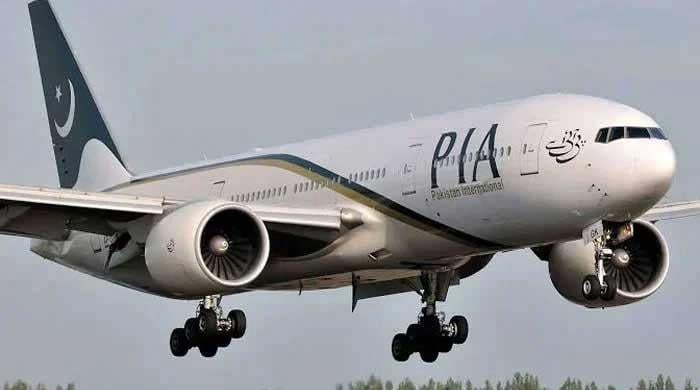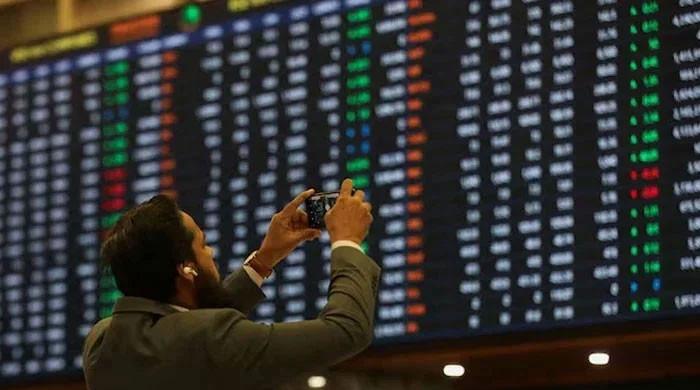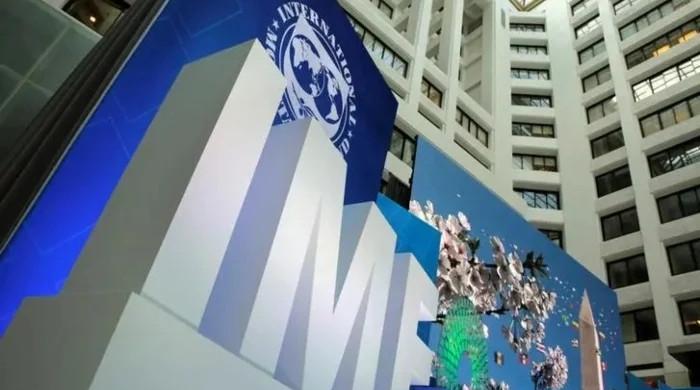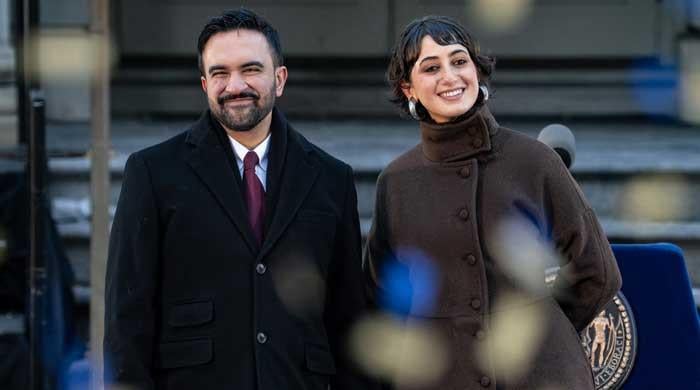Student unions: An opportunity not a threat
The Sindh government has taken a bold and important step towards restoring student unions
February 21, 2022
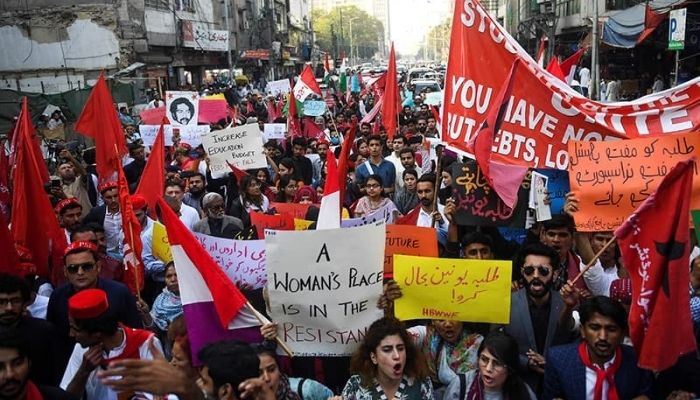
Sindh has become the first province in the country to restore student unions. The Sindh Assembly has unanimously passed the historic legislation to revive student unions in both state-run and private higher education institutions in the province. The Sindh government has taken a bold and important step towards restoring student unions; elections will be held in a few months. It is encouraging to see that the PPP has finally delivered on its promise to restore student unions.
The progressive bill is likely to strengthen democracy at the grassroots level and revive the culture of dialogue and tolerance in the country. It is hoped other provinces will also follow in the footsteps of Sindh and revive student unions.
The Sindh Students Union Bill 2019 defines the student union as “a body or association of students of any educational institution by whatever name called for promoting the general interests of its members as students for academic, disciplinary, extra-curricular or other matters related to the affairs of the students in the educational institutions.”
Students should be able to form the student union in their respective institution with seven to 11 students through elections every year. The union will have representation in an institution’s syndicate, senate, and anti-harassment committee.
The bill clearly states the purpose of student unions in the following words, “the students’ union shall work for maintaining social and academic welfare of the students; ensure the rights and interests of all students are suitably represented and protected; oppose and bring to light any discrimination or injustice that obstructs the social and academic life of students; and ensure democratic and inclusive atmosphere for healthy debate that respects others’ opinions.”
It also made it clear that no student can use or keep weapons on campus, adding that education institutions will decide the rules and regulations related to the union two months after the passing of the bill.
After a long wait of 38 years, a democratic government has lifted the ban on student unions, which was imposed by a military dictator in 1984. This was not the first attempt to revive student unions. In 1989, the then PPP government led by the late Benazir Bhutto lifted the ban on student unions. The Punjab government, led by then chief minister of Punjab Nawaz Sharif, held student union elections in the province.
In 1993, the Supreme Court of Pakistan (SBP) imposed a blanket ban on political activities on campuses. This order was used as an excuse to deny students their democratic right to elect their representatives on campuses, depriving them of an important forum to raise their voice and concerns on fees, education policies and academic issues. In the absence of student unions, the authorities established an authoritarian atmosphere on campuses and adopted a zero-tolerance policy towards dissent.
It is fair to assume that vice chancellors (VCs) of public-sector universities and owners of private universities will oppose the idea of student unions. It is likely that they will create hurdles in the implementation of this law. The Sindh government is also likely to face some legal challenges in the implementation of this bill in the courts.
It will be necessary for the Sindh government to show determination and consistency to implement the bill in letter and spirit against all sorts of pressures and hurdles.
There is no denying that student politics must get rid of violence and the gun culture that seeped into it since 1979. Political parties must discourage their student wings from using violent means to achieve political objectives. Previously, instead of rectifying problems with the functioning of elected unions, powerful quarters used violence as an excuse to continue this ban.
The ruling class, which sees the rise of student politics as a threat to their interests and ‘elitist’ politics, is afraid of student politics. Young leaders and activists bring new ideas, thoughts and energy to political parties. Political leaders and activists who were members of student unions know how to put pressure on different political parties to accommodate them. They challenge the old layers of leadership; this is what most leaders don’t want.
It is generally believed that politics is the domain of feudals, capitalists, former civil and military bureaucrats and influential rich families, and people from the middle and working classes should not indulge in politics.
We also have to accept the fact that there are conflicting views regarding student politics and unions. Some people consider student politics as the only way for young people from the middle, lower-middle and working classes to enter mainstream politics.
Student politics provides an opportunity to young people without financial stability, family connections and patronage to emerge on the political front. It introduces them to different political ideologies and ideas, which increases their understanding of political, social and economic issues and their solutions. They learn a culture of tolerance and democratic debate.
But for some, student unions are a waste of time, energy and talent. Such people believe that student politics spoils students so they should just concentrate on their studies to get their degrees. They argue that student politics encourage violence and intolerance. But historical facts negate this assertion.
In its essence, politics is not lies or deceit; it is not about flexing financial muscle or using dirty tactics to gain power. These traits belong to the power politics of the elite who use them to hide the failure of their policies and governance and the country’s socio-economic system.
Politics is a way for the oppressed, deprived and exploited classes to change their socio-economic conditions and improve their living and working situations.
The writer is a freelance journalist.
Originally published in The News





